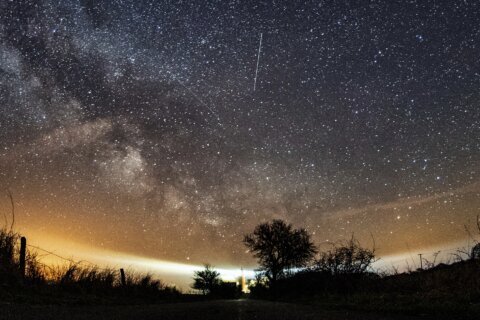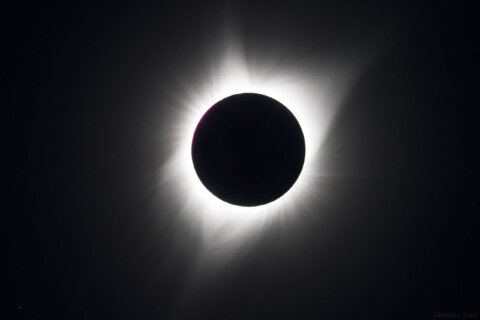WASHINGTON — The nation’s first space weather satellite is now in orbit to give early warning when eruptions are heading this way from the sun.
DSCOVR, which stands for Deep Space Climate Observatory, will be fully operational next month.
The satellite will give a 30- to 45-minute warning when a coronal mass ejection — a large eruption of plasma and magnetic field — is incoming from the sun, said Tom Berger, director of the Space Weather Prediction Center. The Space Weather Prediction Center is part of the National Oceanic and Atmospheric Administration’s National Weather Service.
In addition to acting as a space weather warning buoy, the DSCOVR satellite will continuously measure solar wind, which will be useful to forecasters and researchers working to better understand solar wind and how and why big solar eruptions occur.
Extreme geomagnetic storms can disrupt numbers of electronic systems and even pose a hazard to humans, Berger said.
“It’s a concern all around with … navigation, communication [and] electrical power,” Berger said. “The other thing we worry about is a lot of times these clouds of mass from the sun push radiation ahead of them.”
Radiation storms primarily pose a threat to astronauts orbiting the earth, he said.
“But in a really extreme storm, we also might see some effect coming down as low as commercial airline altitude so that commercial airline routes would be impacted,” said Berger.
Solar data from the DSCOVR satellite will be available to the public in real time beginning July 27.








